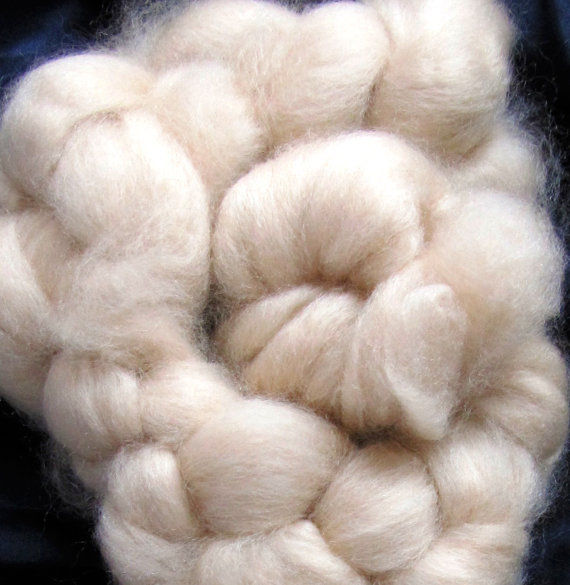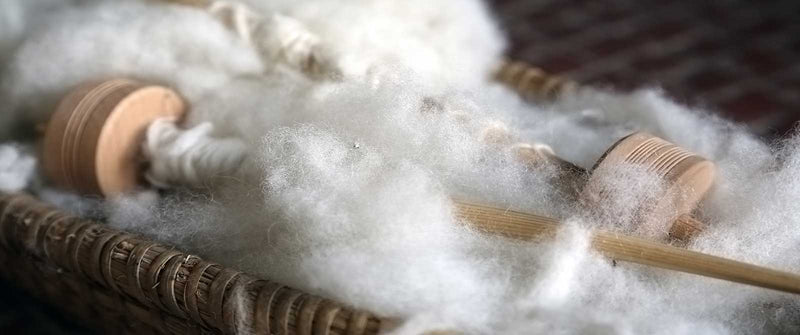How is cashmere Fibre Made and Why Is It So In Demand?
How is cashmere Fibre Made and Why Is It So In Demand?
Blog Article
Discover the Attraction of Cashmere an All-natural Fiber: Why It's a Must-Have in Your Closet
The appeal of cashmere, a deluxe all-natural fiber, goes beyond mere appearances. From discussing its interesting origin to comprehending its manufacturing care, top quality, and process, it's worth exploring why cashmere holds such an unique area in the world of fabrics.

The Origin and History of Cashmere: A Quick Review
While many may watch cashmere as a basic high-end, its history is soaked in rich social tradition. Originating from the Kashmir region in India, cashmere woollen has actually been generated for countless years. The fiber is gotten from the soft undercoat of cashmere goats, harvested throughout their molting period. As a precious asset, it was traded along the Silk Road, coming to be very valued in Europe in the 18th century. The name 'cashmere' is an old English derivation of Kashmir. Despite its international popularity, the bulk of cashmere production still remains in Asia, specifically China and Mongolia. This historical journey highlights the social significance of cashmere, transforming it from a local specialized to a worldwide deluxe.
Recognizing the Distinct Qualities of Cashmere Fiber
Cashmere, renowned for its distinct attributes, attracts attention on the planet of fabrics. This extravagant fiber is extremely soft, offering a comfortable and cozy feel unlike any various other. It is substantially warmer than wool, making it an ideal choice for winter garments. Despite its heat, cashmere is surprisingly light-weight and does not add unneeded bulk. This natural fiber is also recognized for its sturdiness. While other products might wear down in time, cashmere preserves its top quality, guaranteeing resilient wear. Cashmere possesses a special visual allure. Its mild luster and elegance make it a staple in high-end fashion. Comprehending these properties clarifies why cashmere is not just a high-end, however a rewarding financial investment for any kind of closet.

The Process of Producing Cashmere: From Goat to Garment
To value the glamorous residential or commercial properties of cashmere totally, one need to understand its trip from the raw fiber to the finished item. The process starts with the cashmere goats, mostly discovered in Mongolia, China, and Iran. The soft undercoat of these goats, gathered during their natural molting period in spring, gives the raw product. This delicate fiber is after that thoroughly separated from the coarser external hair in a labor-intensive procedure called dehairing. The pure cashmere is after that colored, spun right into yarn, and finally weaved or woven into the coveted garments. Each step is diligently carried out to maintain cashmere's notable warmth, soft qualities, and longevity. This complex procedure leads to the creation of a truly elegant material.

Decoding the High Quality and Price: Why Is Cashmere so Expensive?
The high cost of cashmere garments frequently leaves customers questioning concerning its justification. The expense stems primarily from the arduous production process. is cashmere a natural fiber. Cashmere originates from the fine undercoat of the cashmere goat, with each goat generating a mere 150 grams yearly. The labor-intensive procedure of brushing and collecting the rare fiber dramatically drives up site link the expense. The handling of raw cashmere requires both time and know-how, with the fibers needing to be thoroughly arranged, washed, and spun. The scarcity of pure cashmere, paired with its exceptional soft qualities, heat, and resilience, warrants its high-end standing and high cost. These variables combined make cashmere a pricy yet extremely desired commodity worldwide of fashion.
Cashmere in vogue: The Adaptability and Ageless Appeal
Regardless of its high price, the classic allure and flexibility of cashmere have actually strengthened its location in the world of style. The fiber's unique texture, characterized by its softness and warmth, has actually become associated with high-end and comfort. Its flexibility expands past seasonal fads, making it a closet important in various forms, from classy coats to stylish scarves. The versatile nature of cashmere permits its combination right into both official and informal outfit, indicating its broad charm. The fabric's withstanding popularity over the years proves to its ageless charm. As fads come and go, cashmere remains a consistent, its allure undiminished, proceeding to shape the style and inspire sector's landscape.
Taking Care Of Your Cashmere: Upkeep and Conservation Tips
Guaranteeing the durability of cashmere garments calls for certain treatment and attention. These treasured properties need to not be tossed right into the washing maker with routine washing. Rather, hand cleaning with mild, pH-neutral soap in warm water is suggested. After cleaning, they need to not be wrung out. Instead, they should be gently pressed between towels to absorb excess water, then laid flat to dry. Regular brushing with a cashmere comb can prevent pilling. Storing these items in a great, completely dry location, ideally in a breathable bag, can secure them from moths and humidity (is cashmere a natural fiber). An occasional airing outside, away from direct sunlight, can refresh the fibers. With these maintenance and preservation tips, one can ensure their cashmere have a peek at this site stays resilient and luxuriously soft.
Conclusion
Cashmere, with its unequaled gentleness and warmth, provides both deluxe and durability. Its beginning from the Kashmir region and meticulous manufacturing procedure add to its high-end allure and expense. Its versatility in vogue and sustaining appeal make it a worthy financial investment for any kind of closet. With appropriate care and conservation, cashmere garments can last for several years, providing an one-of-a-kind blend of design, convenience, and high quality. Discover the attraction of cashmere and elevate your style repertoire.

Report this page